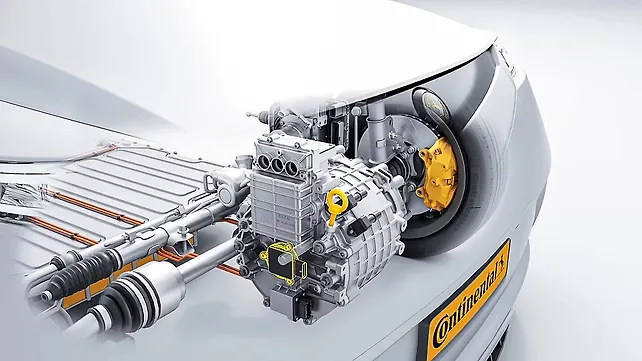
In a bid to expand its sensor portfolio for the fast-growing electric car market, Continental has unveiled an e-motor Rotor Position Sensor (eRPS). The start of production is planned for the end of 2025.
A press release from Continental noted that the sensor detects the exact position of the rotor in a synchronous electric machine, which helps to increase efficiency and enables smoother operations. The eRPS is more compact and 40% lighter in weight than existing resolver sensors.
With a maximum current consumption of 15mA, the eRPS offers an electrical accuracy of ±0,5° for a four-pole pairs motor. It is designed to cover rotational speed requirements needed for future electric vehicle platforms (~24,000 rpm). The sensor’s operating temperature range is very wide and falls between -40 °C to 140 °C and peaks up to 155 °C.
The company said that to achieve maximum motor efficiency, the motor control unit needs to know the rotor's exact position, making this type of sensor an essential part of synchronous motor applications. The sensor design is based on the eddy current principle and is optimised to increase robustness to mechanical tolerances. State-of-the-art integrated circuits (ICs) are used for signal processing, the company said.
The sensor can be mounted through the shaft or integrated at the end of the rotor shaft, including, in this case, the sealing function. The module contains excitation and reception coils embedding one or two ICs that directly detect the electrical angular position of the metallic encoder on the rotor shaft.
Interestingly, the IC has been designed according to ISO 26262 functional safety automotive standards to reach ASIL C. Furthermore, as an option, two ICs can be embedded in the eRPS to ensure the redundancy that is an integral part of functional safety.
Laurent Fabre, Head - Passive Safety and Sensorics Segment, Continental, noted that the growth in vehicle electrification translates into more synchronous motors in the car.
Also Read
Continental Inaugurates AI Lab In Berlin